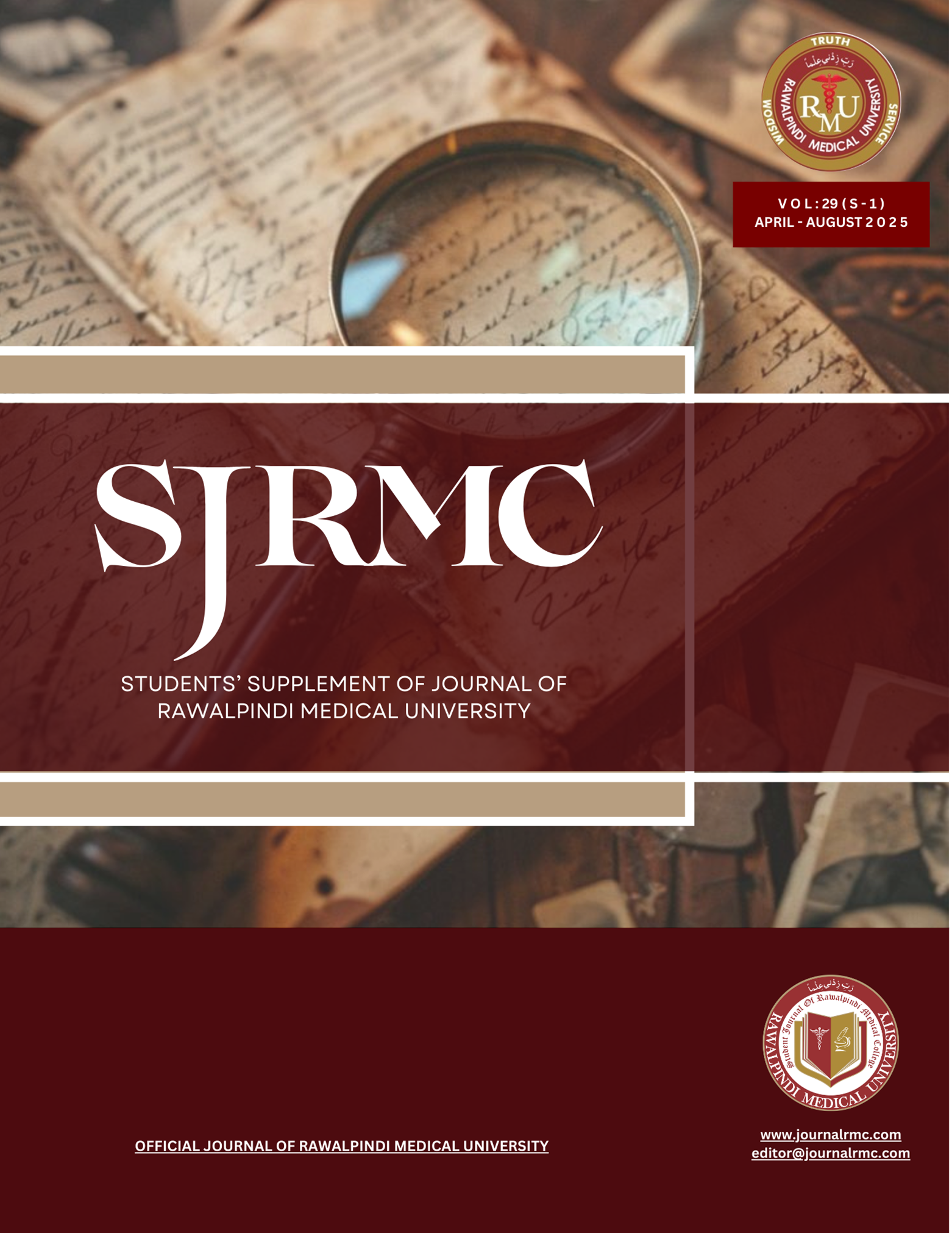Abstract
Background: Drug-eluting stents (DES) are widely used in percutaneous coronary intervention (PCI), but their permanent metallic structure can impair long-term vascular function. The DynamX bioadaptor, a sirolimus-eluting scaffold with bioresorbable links, is designed to restore vessel motion after six months, potentially improving outcomes.
Objectives: To compare clinical outcomes of bioadaptive stents with DES in PCI patients by analysing recent randomized controlled trials (RCTs).
Methods: This meta-analysis followed PRISMA and Cochrane guidelines. RCTs comparing bioadaptive stents with DES in PCI patients were included. Primary outcomes were cardiac death, myocardial infarction (MI), and revascularization. A random-effects model was applied in Review Manager 5.4.1. Certainty of evidence was assessed using GRADE, and publication bias was evaluated with funnel plots and Egger’s test.
Results: Twenty-two RCTs involving 5,068 patients were analyzed. No significant differences emerged between stent types for cardiac death (RR = 0.93; 95% CI: 0.71–1.21), all-cause mortality (RR = 0.92; 95% CI: 0.78–1.10), or target vessel MI (RR = 1.38; 95% CI: 1.18–1.63). Secondary outcomes—including target lesion revascularization (TLR), target vessel revascularization (TVR), and all MI—were likewise not significantly different. Heterogeneity was low (I² = 0%), and evidence certainty ranged from moderate to high.
Conclusions: Although bioadaptive stents are designed to improve vessel healing and motion, current evidence shows no superiority over DES. Earlier bioresorbable vascular scaffolds (BVS) carried higher risks of MI and TLR due to design limitations. Longer follow-up and improved scaffold designs are needed to clarify potential long-term benefits.

